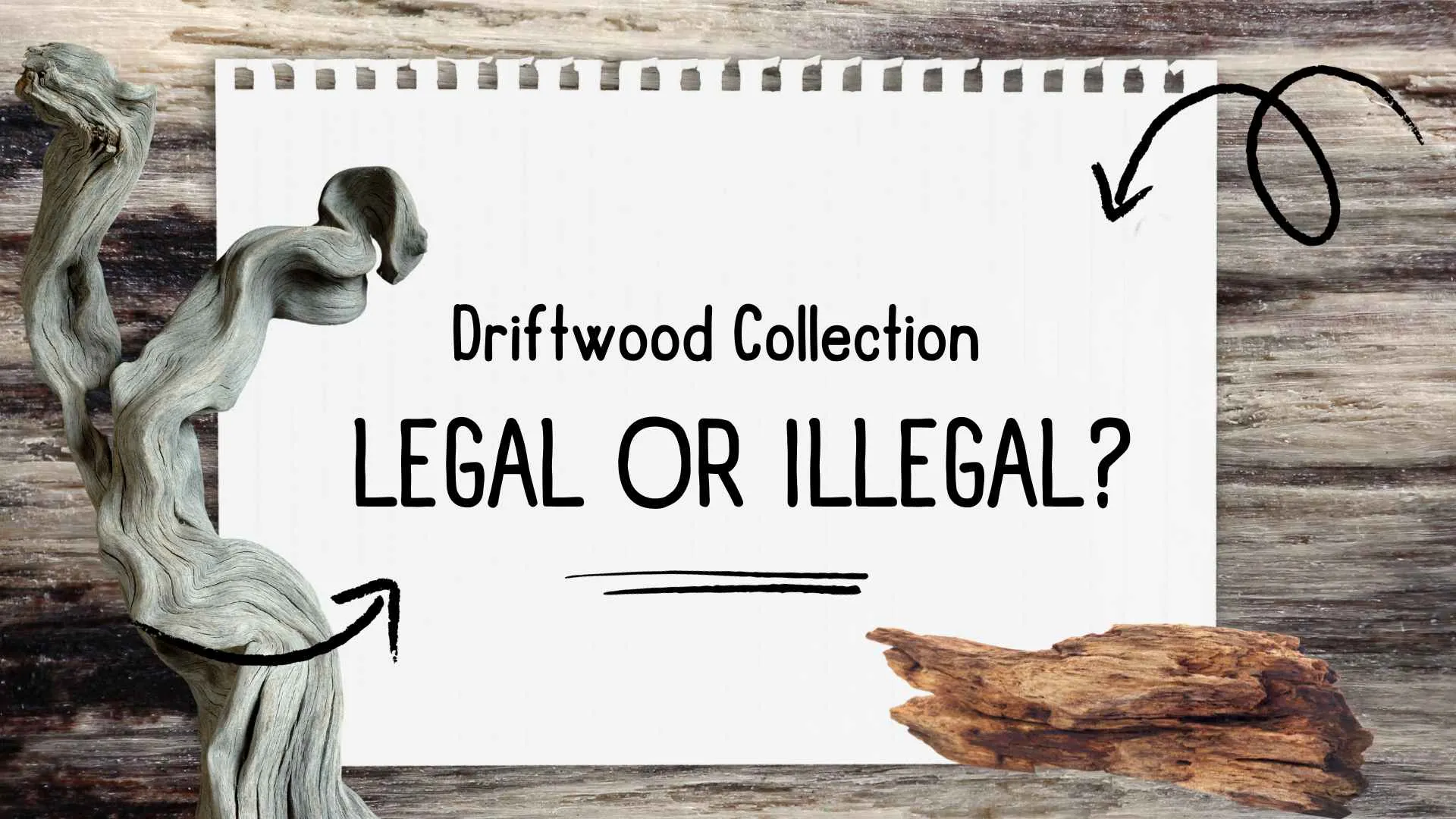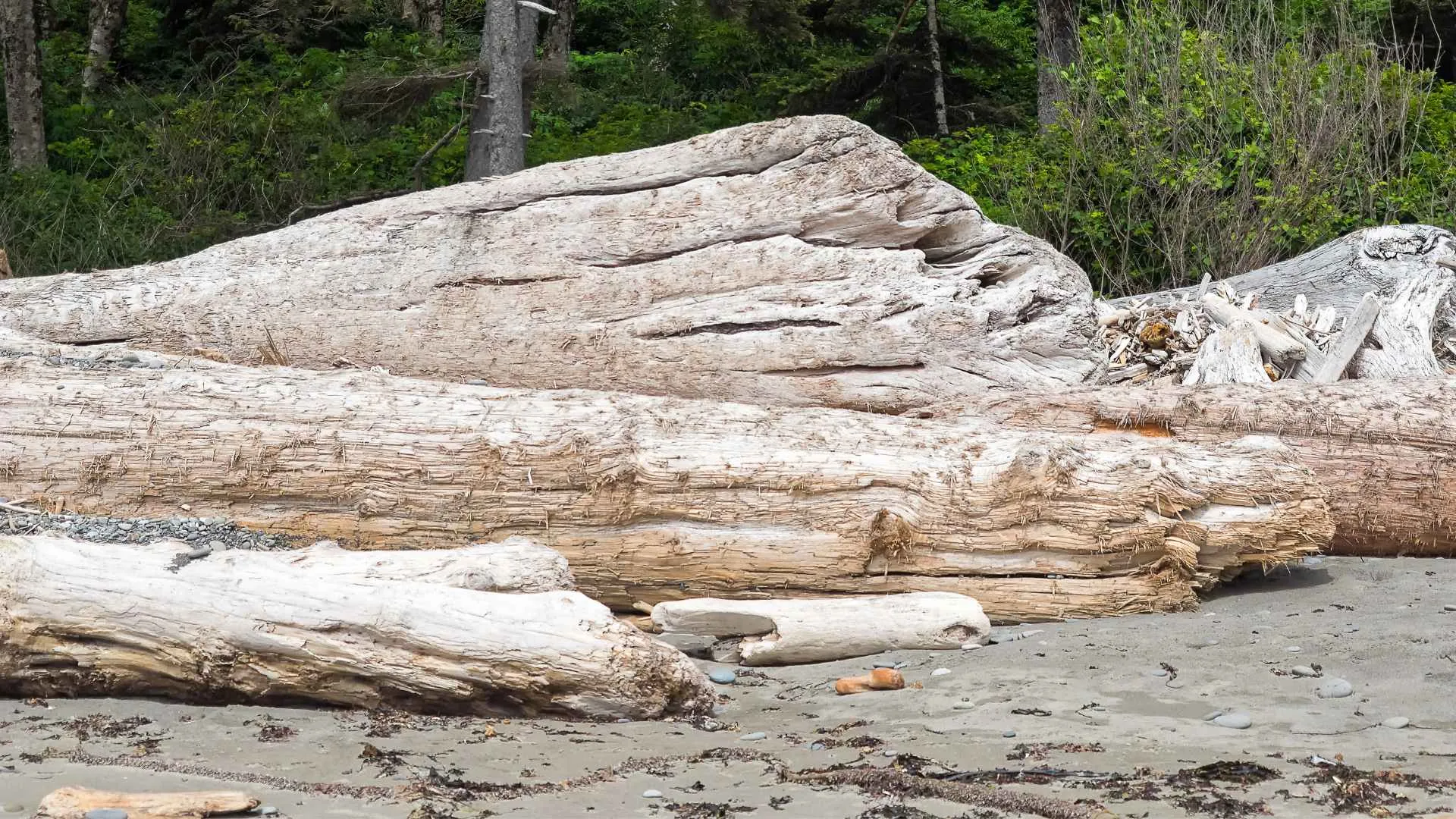Navigating the Legality of Driftwood Collection
POSTED ON JAN 5, 2024 BY JESSIE B.

Driftwood, the beautifully weathered remains of trees that have journeyed through rivers and seas, holds a special allure for many. Whether it's for art, garden landscaping, or a unique home decoration, the desire to collect driftwood is strong. However, what many enthusiasts don't realize is that the collection of driftwood is not always a free-for-all. In fact, the legality of collecting driftwood varies greatly depending on location, ownership of the land, environmental protections, and specific laws or regulations.
Understanding the Legal Landscape
The first step in legally collecting driftwood is to understand who owns the land where the driftwood is found. Beaches can be state-owned, federally owned, privately owned, or part of a national or state park. Each of these designations comes with its own set of rules. On state-owned beaches, for instance, small-scale collection for personal use is often allowed, but this can vary. On federally owned lands, such as those managed by the Bureau of Land Management or the National Park Service, the rules can be more restrictive.
Private beaches pose a different challenge. Here, the land – and everything on it, including driftwood – is owned by an individual or entity. Taking driftwood from private property without permission is akin to theft. Therefore, it's crucial to seek permission from the landowner before collecting.
Environmental Considerations
Beyond ownership, environmental factors play a significant role in the legality of driftwood collection. Driftwood serves an essential purpose in natural ecosystems. It provides habitat for wildlife, contributes to the stabilization of beach sand, and plays a role in the nutrient cycle. In some areas, removing driftwood may disturb these natural processes, which can lead to ecological imbalances. Recognizing these environmental impacts, some regions have specific regulations aimed at protecting local ecosystems. For instance, in certain protected coastal areas, removing any natural material, including driftwood, is prohibited to preserve the ecological integrity of the region.
Size and Quantity Matters

In many places, the legality of driftwood collection is also determined by the size and quantity of the wood being collected. Small pieces might be allowed for personal use, while larger pieces, or collection in bulk, might require a permit or be entirely prohibited. This distinction is often made to balance the desire for personal collection with the need to preserve natural landscapes and habitats.
Cultural and Historical Significance
Another factor to consider is the cultural or historical significance of the driftwood. In some areas, driftwood may be part of archaeological or historical sites. Removing such driftwood can be illegal and disrespectful to the cultural heritage of the area. It is important to research and understand the historical context of the area where the driftwood is found.
Checking Local Regulations
Given these variables, the safest way to navigate the legality of driftwood collection is to check local regulations. This can be done by contacting local government offices, park services, or environmental agencies. They can provide specific information about what is allowed in a particular area. Ignorance of the law is not a defense, so taking the time to understand local regulations is crucial.
Is it Okay to Collect Driftwood in Your State?
Check out this list for the lowdown on driftwood collection laws across the United States. Don't risk it without knowing the legal scoop!
Legal:
• Alabama (small quantities)
• California (up to 50 pounds/day)
• Florida
• Oregon (small quantities)
Illegal:
• Michigan
• Georgia
• Wisconsin (written permission is required)
• Washington (special permissions needed)
• Minnesota
• Indiana
Alternatives to Natural Driftwood Collection

For those who find the legal restrictions or simply prefer a different type of driftwood, there are alternatives. Many artists and landscapers use recycled or reclaimed wood that mimics the look of driftwood. Some companies specialize in ethically sourced driftwood, ensuring that their collection practices are legal and environmentally friendly.
The Role of Ethics in Driftwood Collection
Even when legally permissible, ethical considerations should guide driftwood collection. This includes reflecting on the need for the driftwood, the potential environmental impact of its removal, and the respect for local cultures and communities. Responsible collection practices ensure that the beauty and ecological significance of driftwood can be preserved for future generations.
Conclusion
Collecting driftwood, while a seemingly simple activity, is enveloped in a complex web of legal and environmental considerations. It's a practice that requires awareness and respect for nature, local laws, and the broader community. By understanding and adhering to these regulations, driftwood collectors can enjoy their hobby without adversely impacting the environment or running afoul of the law. The key is to always be informed, respectful, and ethical in the pursuit of these natural treasures.
Sources:
• https://docs.legis.wisconsin.gov/code/admin_code/nr/001/45/045 • https://www.law.cornell.edu/regulations/california/14-CCR-4306#:~:text=(c)%20No%20person%20may%20gather,collecting%20of%20driftwood%20is%20prohibited. • https://fishingminnesota.com/forums/topic/166654-drift-wood-question/ • https://oregon.public.law/rules/oar_736-026-0010 • http://www.dnr.wa.gov/Publications/em_fs11_023.pdf
ARE YOU INTERESTED IN DRIFTWOOD DECOR?
If you have projects that need driftwood ideas, don't hesitate to contact us.
© 2023 DB Texas Driftwood Artists
